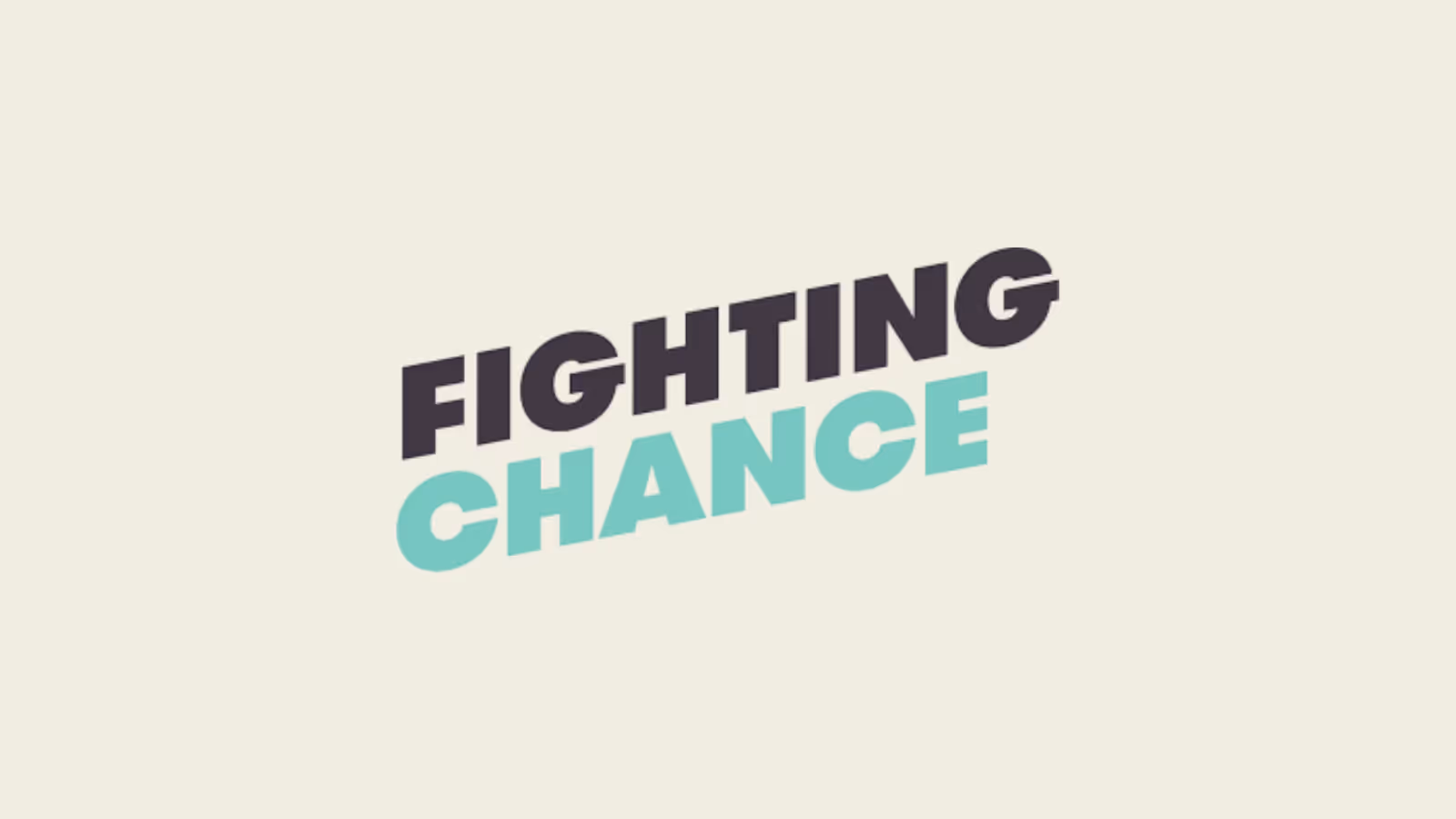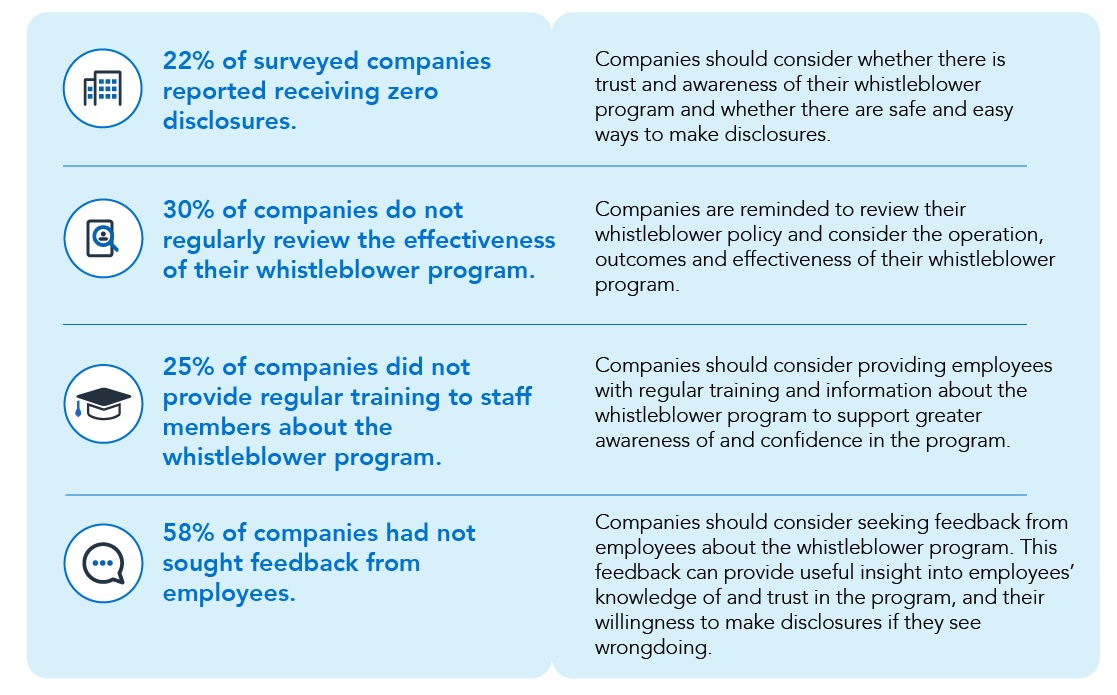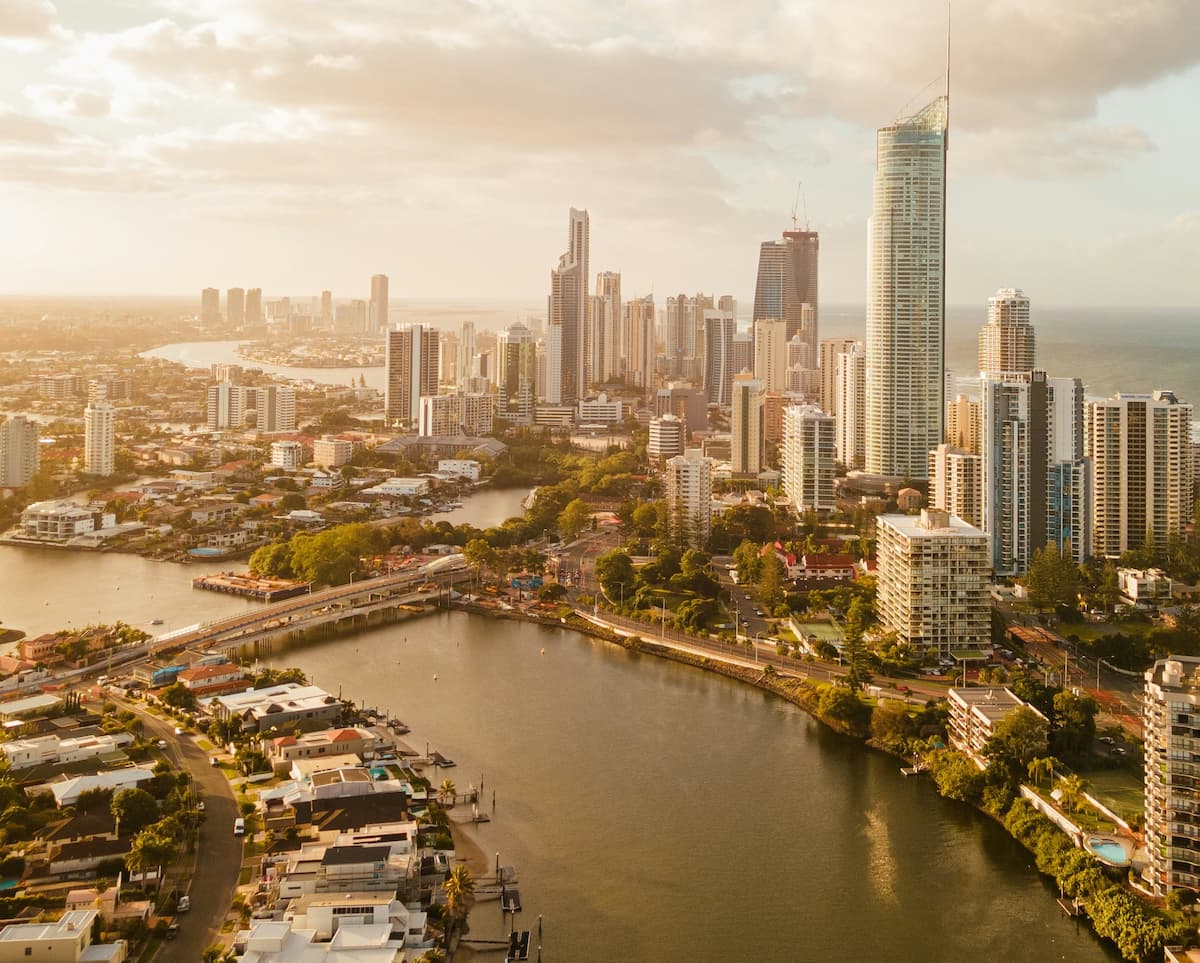How To Report Hazards Anonymously
Anonymous reporting systems enable employees to speak up about psychosocial hazards without stigma. Find out how anonymous reporting works and its drawbacks.

Psychosocial hazards—such as bullying, harassment, excessive workload, and workplace violence—can severely impact worker’s mental health, leading to stress, burnout, and even long-term psychological injuries.
Unfortunately, many of these issues go unreported, and workplaces may consider ways to address this by offering anonymous reporting.
While anonymous reporting systems are crucial for addressing psychosocial hazards in the workplace, they are not without their drawbacks. Understanding the potential negatives can help organisations design more effective reporting mechanisms and address these challenges proactively.
Why Report Anonymously?
Anonymous reporting systems enable employees to speak up about psychosocial hazards without disclosing their identity. This can significantly increase the likelihood of reporting, especially in environments where fear of retribution or stigma may prevent individuals from coming forward.
Stigma around mental health is a critical barrier, 70% of construction workers reported that they felt uncomfortable discussing mental health issues with their colleagues or supervisors. [1]
Similarly for instances of bullying, studies found a large proportion staff did not feel comfortable making a report.
65 per cent did not report it or make a complaint, 26 per cent made an informal report, and the remainder made a formal complaint. Of those who reported bullying, only 30 per cent felt supported by their manager. [2]
Bullying and harassment are on the rise and businesses might think that offering anonymous reporting could address the issues of stigma and fear of speaking up.
How Anonymous Reporting For Workplace Hazards Works
Make Access To Reporting Easy
Provide simple and accessible online form within your psychosocial hazard management system to ensure that there are as few barriers as possible to a worker reporting a hazard.
Assure Confidentiality
Clearly communicate that all reports are confidential and that the identity of the reporter will not be disclosed. Ensure your reporting platform is able to maintain anonymity, especially with smaller to medium businesses.
Provide Prompt Responses
Ensure that all reports are promptly reviewed and escalate by the identified leaders in the business trained to handle psychosocial hazards sensitively and effectively.
Foremind can help you get started with your psychosocial hazard management system.
At Foremind, we provide a comprehensive psychosocial safety solution for businesses big and small. From anonymous reporting to tracking incidents, we ensure that your workplace is psychologically safe.
The Benefits of Anonymous Reporting
Meeting regulation requirements
As part of the code of practice to manage psychosocial hazards organisations are required to identify and assess hazards within their business. Allowing for anonymous reporting means that more information can be gathered to better identify psychosocial hazards and therefore meeting your compliance requirements.
Increased Reporting of Issues
Anonymous reporting encourages employees to report psychosocial hazards without fear of retaliation. This leads to a higher reporting rate, which can help begin to identify trends and address issues that might otherwise remain hidden.
Protection of Reporter Identity
By allowing employees to report concerns without revealing their identity, anonymous reporting systems protect individuals from potential backlash or stigma. This can be especially important in workplaces with a low psychosocial safety climate and a culture of fear or mistrust.
Demonstrated commitment to psychosocial safety
Providing an anonymous reporting option provides employees an avenues to take action against psychosocial hazards where there may have been none. As a business this demonstrates a commitment to addressing workplace issues and safeguarding employee mental health.
The challenges of Anonymous reporting
Lack of detail and context
Anonymous reports can often lack crucial details, making it difficult to investigate and address the issue thoroughly. Without the ability to follow up with the reporter for more information, there may not be an resolution. Anonymous reports may provide limited context about the situation, making it challenging to understand the full scope of the problem. This can result in incomplete or inadequate responses to the reported hazards as the problem is not fully understood.
Potential for False Reports and overuse
The anonymity of the system can sometimes lead to misuse, with staff submitting false or malicious reports. The anonymity means there is less fear of repercussion for false reports. Additionally If the anonymous reporting system is overused for minor grievances, it can overwhelm the system and dilute its effectiveness for addressing more serious psychosocial hazards.
Difficulty in Building Trust
While anonymous reporting can protect employees from retaliation, it can also create a sense of detachment and mistrust. Employees might feel that their issues are not being taken seriously as they do not receive direct feedback about the outcome of their report. This may continue to build resentment within the business rather than help the worker feel like their issue has been heard.
Challenges in Creating Accountability
Anonymous reports can make it difficult to hold individuals accountable for their actions. Without knowing the identities involved, it is challenging to address the behaviour directly and implement corrective measures. Whilst anonymous reports may provide themes or trends, there may still not be any action able to be taken that would ensure the reporter remains anonymous.
Duty of care and legal responsibilities
If an employer becomes aware of an incident that could constitute legal action such as sexual assault, physical violence, there is a duty of care to the victim to ensure they are safe and that the incident is reported to the correct authorities. These actions may mean that anonymity is no longer guaranteed, and that the person reading a receiving the information now obligated to take further action an escalation.
Businesses need to be clear on their responsibilities and have a clear plan of action if such information is disclosed anonymously. Those who make anonymous reports may also be concerned about their reputation and exposure, however there are rights that protect them under the whistle blowers rights and protections.
Balancing Act
Businesses need to weigh up all the risks and benefits before making a decision about anonymous reporting.
Providing anonymous reporting as the only option for reporting psychosocial hazards ensure that a culture of secrecy and anonymity are maintained rather than addressed proactively.
It is recommended that before introducing any new reporting tool business take time to consult with their workers, understand the the psychosocial safety climate in your business and then make decisions based on what your workers need.
Creating a safe and supportive workplace where employees can report psychosocial hazards anonymously may help business to identify invisible hazards within their workplace.
However introducing this tool comes with potential risks, rather than relying only on this information it is best practice to consider a number of different methods to gather information about the psychosocial hazards in your business.
Why Track Everything in Foremind?
A Centralised Location
You can easily track and manage your hazards as well as receive anonymous incident reports from workers.
Holistic Insights
Foremind provides EAP insights around wellbeing themes that workers are seeking assistance with and overlays this with your hazard & risk assessments.
Easy Audit Logs
Easily product reports on the incidents that have occured in your organisation as well as all of the actions you have taken to reduce them from occurring again.
ABOUT THE AUTHOR
Louise is the Clinical Director at Foremind, with over a decade of experience in the mental health sector, contributing to well-known Australian organizations like Beyond Blue, Lifeline, Headspace, and LivingWorks.
Louise Thompson Clinical Director
References
[1] The Black Dog Institute, Black Dog Institute turns to construction workers to address mental health support 2023
[2] ABC, ABC News staff survey reveals one in four respondents experienced bullying, one in 10 were sexually harassed over past two years 2024
Want to find out how easy it is to support your team?

Hello 👋 I’m Joel the founder of Foremind.
Are you ready for simplified support & compliance?
Latest insights
Answers to the frequently asked questions.
Still have questions?
Email us at enquiries@foremind.com.au and we'll get back to you quickly with a response
Yes, we have culturally competent counsellors available, including those able to work with first nation and CALD employees.
Onshore on secure AWS Servers in Sydney Australia. All data is encrypted in transit and at rest and our entire team is located in Australia.
Employees can access our platform on any device (mobile, laptop, desktop, etc.) as long you have the website link - no need to download any app on devices. You wouldn’t need to enrol any of your staff individually.- When we do our onboarding, we ask for the first name, last name and email of all your employees, and send out an email invite to all them which will allow them to create their own individual account to access the platform. For new staff we can also invite them or provide you with a unique link to embed in your onboarding process, whichever is more convenient for you. We also kick things off with a launch webinar or video to make sure everyone is aware of Foremind and how to use it. We’ll also provide you with any collateral such as posters, QR codes, brochures etc. to help drive awareness and encourage people to create an account in the platform.
The support line is answered by our reception service 24/7. It is for urgent platform or session-related issues only (e.g. *“My counsellor didn’t show”*) or helping staff create an account.






